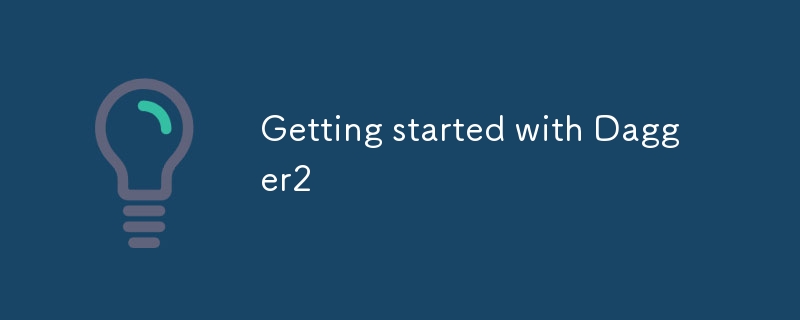Dagger 2 是 Android 的依赖注入框架,它简化了依赖管理,从而生成可测试、可维护的代码。本文概述了 Dagger 2 实现,包括组件和模块创建、依赖范围和测试

Dagger 2 是一种广泛流行的 Android 开发依赖注入框架。它允许开发人员管理依赖项并创建轻量级、可测试和可维护的代码。
要在 Android 应用程序中使用 Dagger 2,您需要按照以下步骤操作:
将 Dagger 2 库添加到项目的 build.gradle 文件中:
<code>dependencies {
implementation 'com.google.dagger:dagger:2.38.1'
annotationProcessor 'com.google.dagger:dagger-compiler:2.38.1'
}</code>创建组件接口:
<code>@Component
interface AppComponent {
fun inject(activity: MainActivity) // Members to inject
}</code>创建一个模块来提供依赖项:
<code>@Module
class AppModule {
@Provides
fun provideRepository(): Repository {
return RepositoryImpl() // Assuming RepositoryImpl implements Repository
}
}</code>在应用程序中初始化组件类:
<code>class MyApplication : Application() {
private val appComponent: AppComponent by lazy {
DaggerAppComponent.builder().appModule(AppModule()).build()
}
override fun onCreate() {
super.onCreate()
appComponent.inject(this) // Inject the application instance into the component
}
}</code>Dagger 2 提供了不同的范围来控制注入依赖项的生命周期:
要测试依赖关系层次结构,您可以使用以下方法:
以上是Dagger2入门到使用的详细内容。更多信息请关注PHP中文网其他相关文章!




